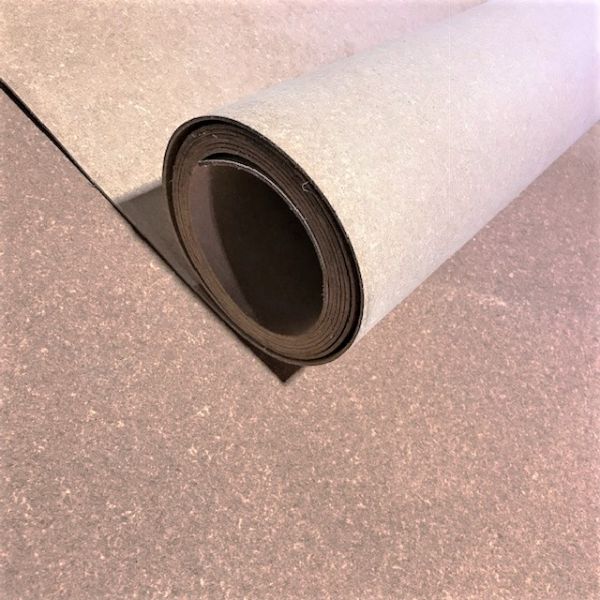Introduction
When it comes to leather products, one term that frequently arises is “bonded leather.” It’s a term often associated with affordability and accessibility. However, what exactly is bonded leather, and is it a worthy substitute for genuine leather? In this article, we’ll delve into the world of bonded leather, exploring its composition, advantages, and limitations.
Understanding Bonded Leather
Bonded leather is a material made from leather scraps and fibers that are bonded together using polyurethane or latex. This manufacturing process involves grinding down leather scraps, mixing them with adhesives, and then pressing them onto a fabric or paper backing. The result is a material that has the look and feel of genuine leather but is much more affordable.
Composition of Bonded Leather
- Leather Scraps: The primary component of bonded leather is leather remnants and dust obtained from tanneries and leather production facilities. These scraps are finely ground into small particles.
- Adhesives: To create a cohesive material, adhesives like polyurethane or latex are mixed with the leather particles. These adhesives play a critical role in binding the leather together.
- Backing Material: Bonded leather is typically adhered to a fabric or paper backing. This backing provides stability and structure to the material, making it easier to work with.
- Embossing and Coloring: To enhance the appearance, bonded leather is often embossed with a grain pattern to mimic genuine leather. It is also colored to resemble the desired leather shade.
Advantages of Bonded Leather
Bonded leather offers several advantages that make it a popular choice:
- Affordability: Bonded leather is significantly cheaper than genuine leather, making it accessible to a broader range of consumers.
- Consistency: Unlike genuine leather, which can have natural variations, bonded leather is more uniform in appearance.
- Eco-Friendly: By using leather scraps that might otherwise go to waste, bonded leather can be seen as a more sustainable option.
- Easy Maintenance: It is relatively easy to clean and maintain, making it suitable for everyday use.
Limitations of Bonded Leather
However, it’s important to be aware of the limitations of bonded leather:
- Durability: Bonded leather is less durable than genuine leather and tends to show signs of wear and tear more quickly.
- Lifespan: It has a shorter lifespan compared to genuine leather products, which can last for decades with proper care.
- Environmental Concerns: While it is more eco-friendly than some synthetic alternatives, bonded leather still relies on adhesives and chemicals in its production.
Conclusion
In conclusion, bonded leather is a cost-effective alternative to genuine leather, offering a similar look and feel at a fraction of the price. It’s a suitable choice for those who appreciate the aesthetics of leather but have budget constraints. However, it’s crucial to understand its limitations in terms of durability and environmental impact. When choosing between bonded leather and genuine leather, one must weigh the benefits and drawbacks to make an informed decision that aligns with their preferences and values.






